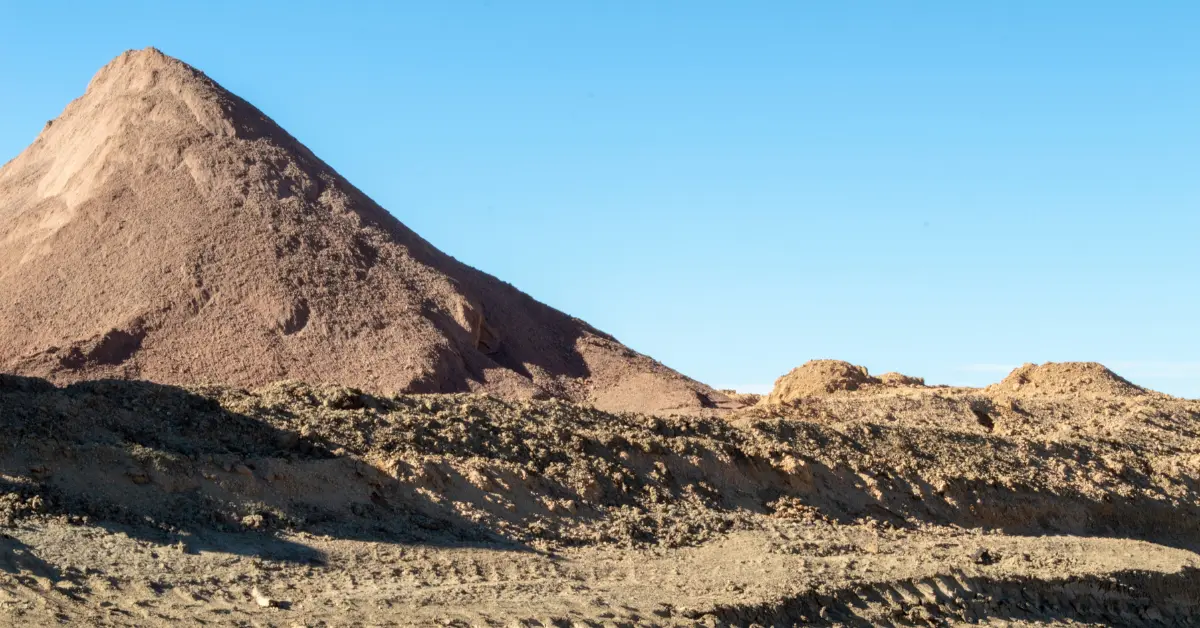
The stability of any building depends significantly on the type of soil on which it is constructed. Soil acts as the primary support for the structure, distributing its weight evenly and preventing uneven settling that can lead to severe structural issues. When it comes to building foundations, the properties of the soil are crucial in determining the long-term stability and safety of the structure. Among the various types of soil, clay fill dirt is commonly used in construction due to its specific characteristics, which can offer both benefits and challenges to foundation stability.

Properties and Composition of Clay Fill Dirt
Clay fill dirt is defined by its fine-grained texture and high plasticity, resulting from the predominance of clay minerals such as kaolinite, illite, or montmorillonite. These minerals give clay its unique ability to retain water and become malleable when wet, yet harden and compact effectively when dry. The composition of clay fill dirt often includes varying amounts of silt and, occasionally, small quantities of sand. Still, its defining feature is the dominance of particles smaller than 0.002 mm in diameter. There are several types of clay fill dirt used in construction: natural clay, which is directly excavated from the ground and may contain organic impurities; and structural or engineered fill clay, which is processed, screened, and sometimes blended to meet specific compaction and strength requirements. The moisture behavior of clay is a critical factor. When exposed to water, clay particles absorb moisture and expand; when they dry, they shrink. This pronounced volume change can impact the stability of foundations if not correctly managed. Additionally, the source of clay fill dirt influences its performance; material from uncontrolled or variable sources may contain debris or organic matter, reducing its suitability for load-bearing applications. Selecting high-quality, well-graded clay fill from reputable suppliers is essential for ensuring a stable and durable foundation.
This type of dirt is commonly used in foundation work, especially in settings where soil stability and compaction are crucial. Despite its widespread use, working with clay requires precise knowledge and techniques to avoid common issues such as shifting and settling that can compromise structural integrity. The defining feature of clay soil lies in its fine particles and high plasticity, which means it can be easily molded or shaped when wet. When wet, these particles slide past each other, making the soil malleable. However, this same characteristic can lead to difficulties in construction, particularly under changing moisture conditions, which significantly affect the soil's volume and stability.
Moisture Behavior
One of the most significant challenges with clay soil foundation construction is the soil's tendency to swell with moisture and shrink upon drying. This behavior is due to the absorbent nature of clay particles, which expand significantly when they come into contact with water. Such volume changes can lead to foundation problems with clay fill dirt, as the expanding and contracting soil exerts uneven pressures on building foundations, potentially leading to cracks and structural damage.
Natural Clay Soil vs. Structural Fill Clay
Structural fill clay is processed to meet engineering specifications and is often used in scenarios where natural clay soils cannot provide the required stability or strength. This engineered fill comprises selected soil types for building foundations that are layered and compacted to improve load-bearing capacity and minimize settlement. In contrast, natural clay soil, directly excavated from a site, may contain organic matter or other impurities that can affect its performance as a foundation material.
Common Sources and Availability of Clay Fill
Clay fill for construction is readily available in most regions, as it is a common byproduct of excavation and dredging operations. Its widespread availability and cost-effectiveness make it a popular choice among builders, particularly for large-scale projects requiring substantial volumes of fill.
Expanding on Environmental Impact and Sustainability of Structural Fill Dirt in Construction
The environmental impact and sustainability considerations associated with using structural fill dirt, including clay, in construction projects are multifaceted and increasingly central to responsible building practices. At the core of these considerations is the recognition that sourcing, transporting, and applying fill dirt can have direct and indirect effects on ecosystems, communities, and the broader environment. One of the primary concerns is habitat destruction, which often occurs when fill dirt is mined or excavated from undisturbed landscapes. Such activities can fragment or eliminate habitats, negatively affecting local biodiversity by displacing plant and animal species and disrupting ecological networks. To mitigate these impacts, sustainable sourcing has become a key principle in modern construction. This approach emphasizes selecting fill dirt from responsible suppliers who adhere to environmental guidelines and implement practices such as rehabilitating extraction sites, minimizing land disturbance, and avoiding sensitive ecological areas. By choosing suppliers committed to sustainable sourcing, project teams can help preserve biodiversity and maintain the ecological balance of affected regions.
Another critical aspect of sustainability is the carbon footprint associated with the use of structural fill dirt. Transporting large volumes of material over long distances consumes significant amounts of fossil fuels, contributing to greenhouse gas emissions and increasing the overall carbon footprint of a construction project. Prioritizing locally sourced fill dirt not only reduces transportation-related emissions but also supports local economies and simplifies logistics. Additionally, integrating recycled materials into structural fill—such as crushed concrete, reclaimed asphalt, or reconditioned clay—aligns with the principles of a circular economy. This practice reduces reliance on virgin material extraction, diverts waste from landfills, and conserves finite natural resources. The use of recycled materials in fill dirt must comply with local regulations and environmental guidelines to ensure that the materials are clean, non-toxic, and suitable for structural use. Responsible suppliers play a crucial role in verifying the quality and safety of recycled content, safeguarding both human health and environmental integrity.
Erosion control is another vital sustainability consideration in the use of structural fill dirt, particularly clay, which is prone to displacement by wind and water when left exposed. Without adequate erosion control measures, construction sites risk sediment runoff into nearby waterways, which can degrade water quality and harm aquatic habitats. Best management practices, such as installing silt fences, vegetative covers, and retaining walls, not only protect site integrity during and after construction but also help prevent soil loss and maintain landscape stability. These measures are often mandated by local regulations and environmental guidelines, reflecting their importance in minimizing the environmental footprint of construction activities. Furthermore, ongoing monitoring and maintenance of erosion control systems are essential to ensure their continued effectiveness throughout the project lifecycle, especially during periods of heavy rainfall or site disturbance.
Sustainable construction also requires a commitment to continuous monitoring and maintenance of both the fill dirt and the broader site environment. By establishing protocols for regular inspection, testing, and adaptive management, project teams can quickly identify and address issues such as settlement, erosion, or contamination, preserving site integrity and reducing the risk of long-term environmental degradation.
Is Clay Good for Building Foundations?
Advantages of Clay
The density of clay provides a solid base that can effectively support structural loads, reducing the likelihood of settlement. When compacting clay for a foundation, the compressed clay layers can achieve high stability, making them ideal for supporting large buildings. Also, the cost-effectiveness of clay makes it an attractive option for many construction projects, offering a balance between performance and affordability.
Risks of Poorly Prepared Clay Soil
However, building on a clay soil foundation comes with risks if the soil is not properly prepared. One of the primary concerns is the potential for foundation problems with clay-fill dirt due to its expansive nature. If the moisture content is not carefully controlled, clay can expand and contract, leading to movement in the foundation. This can cause structural damage over time, such as cracks and uneven settling, highlighting the necessity for meticulous soil management and preparation techniques.
Comparing Clay vs. Sand for Foundation Support
The choice between foundation support with clay vs. sand often depends on the specific requirements of the project. Sand provides excellent drainage and does not undergo significant volume changes with moisture, which can make it more stable under certain conditions. However, clay offers superior load-bearing capacity when dry and adequately compacted, making it suitable for heavier structures.
Foundation Problems Associated with Clay Fill Dirt
Drainage Complications and Water Retention
Clay fill dirt drainage issues are another significant concern when building on clay. Clay soils typically have poor drainage and retain water, leading to prolonged saturation. This can not only exacerbate the swelling and shrinking of the soil but also increase the risk of water infiltration into the building, leading to additional moisture-related damages and the need for extensive waterproofing measures.
Swelling from Seasonal Moisture Fluctuations
As the clay absorbs water, it expands, and as it dries, it contracts. This cyclical movement can destabilize foundations, necessitating ongoing adjustments and maintenance. Managing this aspect of clay soil stability is crucial for maintaining the longevity and safety of structures built on such foundations.
Long-Term Maintenance Challenges
The long-term maintenance of buildings constructed on clay soil foundations can be labor-intensive and expensive. Regular inspections are necessary to catch early signs of movement or damage, and interventions such as underpinning or installing additional drainage might be required to address ongoing issues. Clay's inherent instability can lead to a cycle of repair and maintenance that adds significant cost over a building's lifespan.

Foundation Types Suitable for Clay Soils
Slab-on-Grade Foundations
Slab-on-grade foundations are a common choice for construction on clay soil house foundations due to their simplicity and effectiveness in managing soil movement. This type involves pouring a thick slab of concrete directly on the ground, reinforced with steel to resist the pressures of expansive clay. It is particularly suitable for areas where frost heave is not a concern, and it can be engineered to accommodate clay's expansive properties, reducing the risk of cracking and shifting.
Pier-and-Beam Systems
This foundation type utilizes vertical piers or columns that go deep into the ground, reaching stable soil layers beneath the problematic clay. The building's load is then supported by beams spanning these piers rather than resting directly on the expansive soil. Separation from the ground helps mitigate the effects of soil movement and moisture changes.
Deep Foundations (Piles or Caissons)
In scenarios where shallow foundations are impractical due to poor soil conditions, deep foundations such as piles or caissons may be employed. These are driven deep into the earth to transfer building loads to more stable soil or rock strata far below the surface. Deep foundations are particularly effective in managing the challenges posed by expansive clays, as they entirely bypass the unstable upper soil layers, providing a robust solution for building on poor soil.
Reinforced Footings and Grade Beams
Footings are designed to spread the load over a larger area, while grade beams span across piers to further distribute the weight evenly. This combination helps to manage the differential movement of clay soils and safeguards the structure from potential damage caused by soil shifts.
Site Preparation and Construction Methods
The recommended practices for preparing a construction site include moisture conditioning, proper placement, and compaction of clay fill dirt to ensure a stable foundation. Proper site preparation is fundamental for achieving a stable foundation when using clay fill dirt. The process begins with a thorough clearing of the construction area, removing all vegetation, organic matter, debris, and any unsuitable materials that could compromise the integrity of the fill. After clearing the subgrade, the native soil beneath the fill should be inspected and, if necessary, compacted to provide a firm, uniform base. Special attention must be paid to the moisture content of both the subgrade and the clay fill dirt, as clay’s performance is susceptible to water. Moisture conditioning is a critical step: engineers assess the soil’s current moisture level using methods such as gravimetric sampling or electronic sensors, and then adjust it to the optimal range determined by laboratory testing (often guided by Proctor compaction test results). If the clay is too dry, water is added uniformly using sprinklers or water trucks; if it is too wet, the soil is aerated or allowed to dry until it reaches the desired consistency. Achieving the correct moisture content is essential, as it enables the clay particles to compact tightly, reducing the risk of future swelling, shrinking, or settlement.
Once the moisture level is optimal, clay fill dirt should be placed in thin, uniform “lifts” or layers—typically no thicker than 6 to 8 inches (15–20 cm) per layer. Each lift must be spread evenly and then compacted thoroughly before the next layer is added. Compaction is best achieved using heavy equipment such as vibratory rollers or sheepsfoot compactors, which apply sufficient pressure to rearrange clay particles, eliminate voids, and increase density. The goal is to achieve the target compaction specified by the project’s geotechnical engineer, typically expressed as a percentage of the maximum dry density determined from Proctor tests. It is crucial to monitor both moisture and density during this process, often using field tests like the nuclear density gauge or sand cone method, to ensure the fill meets engineering standards across the entire area. Inconsistent compaction or moisture distribution can result in weak zones that threaten the foundation’s stability.
Between each lift, surface roughening may be performed to improve bonding between layers. The process of placement and compaction is repeated until the desired fill height is reached. Throughout construction, ongoing monitoring of both moisture and compaction ensures that any deviations are corrected promptly. Rigorously following these practices can significantly enhance the uniformity, strength, and long-term performance of foundations built on clay fill dirt, reducing the likelihood of costly structural issues in the future.
Foundation Construction on Clay Soil
Soil Testing Procedures
Before construction begins, a thorough site assessment and soil testing are crucial for determining the suitability of clay soil for foundation construction. These tests help identify the soil's composition, moisture content, and load-bearing capacity. Professionals utilize a range of soil testing techniques, including standard penetration tests and cone penetrometer tests, to gather detailed information on the soil's properties. This data is vital for designing a foundation that can withstand the specific challenges of clay.
Pre-Construction Moisture Conditioning
This process involves adjusting the moisture content of the soil to optimal levels to minimize future swelling and shrinking. Proper moisture conditioning can significantly reduce the risk of foundation damage caused by the expansive nature of clay. The following are the key steps involved:
- Initial Moisture Assessment: Engineers employ various methods, such as gravimetric sampling and time-domain reflectometry, to ascertain moisture levels with precision. The collected data is then interpreted to understand the soil's natural equilibrium and to identify any deviations that may impact its load-bearing behavior. It is crucial to document the initial conditions, as these measurements serve as a baseline against which future modifications are measured. Detailed analyses during this phase enable the anticipation of how the clay might respond to environmental changes or construction-induced disturbances. The assessment process also involves mapping the moisture distribution across the site, providing spatial insights that aid in planning targeted interventions. An early diagnostic approach highlights the inherent variability within the soil and informs decisions regarding subsequent conditioning steps.
- Target Moisture Levels Setting: Establishing the optimum moisture threshold for clay soil is a critical determinant of the foundation’s performance. This phase requires an in-depth analysis of the soil’s plasticity index and its historical behavior under various moisture conditions. Engineers calculate the ideal moisture content by correlating laboratory test results with empirical field data, ensuring that the target values reflect the specific requirements of the construction project. The process entails comparing different moisture regimes to identify the level that maximizes density while minimizing the risk of expansion or contraction. A detailed specification outlines the moisture range within which the clay will exhibit favorable compaction and stability characteristics. This specification also considers the anticipated structural loads and the environmental conditions the foundation will likely encounter over its lifespan. By setting precise target moisture levels, practitioners can develop a comprehensive conditioning plan that includes contingencies for seasonal variations and unexpected site anomalies.
- Moisture Adjustment: Once the optimal moisture parameters are defined, the next crucial step involves actively adjusting the clay’s water content to align with these targets. Engineers carefully apply water using calibrated sprinklers or, conversely, utilize forced drying methods such as controlled exposure to ambient conditions or mechanical dewatering. The process demands a fine balance, as overcorrection can lead to further instability, while undercorrection may fail to rectify the initial conditions. Detailed logs are maintained to record the duration, intensity, and frequency of these interventions, ensuring that each treatment is both reproducible and verifiable. Advanced moisture sensors are deployed continuously to monitor the real-time impact of the adjustments, allowing for dynamic corrections during the process. The adjustment phase also involves iterative testing to confirm that the modified moisture levels consistently meet the predetermined targets across the site.
- Compaction Testing: Following moisture adjustment, compaction testing is undertaken to verify that the soil has reached the desired density and structural cohesion. This involves subjecting the conditioned clay to a series of standardized compaction tests, such as the Proctor test, to assess its ability to withstand compressive forces. Engineers prepare multiple test samples from different locations within the site to ensure that the results represent a comprehensive view of the soil’s uniformity. The tests measure parameters like dry density and moisture content under controlled conditions, ensuring that the compacted soil exhibits optimal strength and minimal voids. Data gathered from these tests is analyzed to determine whether the soil meets the engineering specifications for load distribution and resistance to deformation. Should the results fall short of the established benchmarks, additional adjustments or remedial measures are implemented. The compaction testing phase validates the success of prior moisture conditioning efforts and serves as a predictive tool for the soil’s long-term behavior under operational loads.
- Continuous Monitoring: Maintaining the stability of clay soil throughout the construction process necessitates an ongoing regime of moisture monitoring and analysis. This step involves setting up a network of in-situ sensors and periodic sampling protocols to track the soil’s moisture content and compaction status continuously. Engineers implement real-time data acquisition systems that provide alerts if moisture levels deviate from the established targets. Such proactive monitoring allows for immediate remedial actions, thus averting potential issues before they escalate into structural complications. Continuous monitoring is particularly critical during periods of fluctuating weather conditions or changes in the construction schedule, where even minor variations can impact the overall performance of the clay.
A comprehensive process enables project teams to address the unique challenges presented by clay soils and lays the groundwork for successful, long-lasting structural performance.
Clay Dirt Drainage and Moisture Management
Installing Perimeter Drains
One effective strategy for managing moisture in clay soil is the installation of perimeter drains and moisture barriers around the foundation. Perimeter drains, typically trench-filled with gravel and a perforated pipe, help divert water from the foundation. Moisture barriers, such as thick plastic sheets, are installed to prevent groundwater from seeping into the foundation soil, significantly reducing the risk of moisture-induced swelling.
Surface Grading to Direct Water Flow
Surface grading is an essential aspect of moisture management, particularly in clay-rich areas. Water is directed towards drainage systems by ensuring the ground surface slopes away from the foundation rather than accumulating around the building. Effective grading prevents water from pooling, which is crucial to maintaining stable moisture levels in the residential construction clay and preventing undue stress on the foundation.

Mitigating Expansion with Controlled Irrigation
Controlled irrigation is another vital component of managing clay soil foundations. By maintaining consistent soil moisture levels through regulated watering, the expansion and contraction of clay can be minimized. This technique is particularly important in arid regions, where natural rainfall is insufficient to keep the soil uniformly moist, which can lead to cracks and uneven settlement.
Using clay fill dirt presents a unique set of challenges and opportunities in construction. The inherent properties of clay, its strength, plasticity, and availability, make it a valuable resource for foundational support when used correctly. However, its tendency to undergo significant moisture-related expansion and contraction necessitates careful planning, engineering, and ongoing management to ensure the stability and longevity of structures built upon it. Ensure a stable foundation for your next project by sourcing quality clay fill dirt directly through Soil Connect.

.svg)







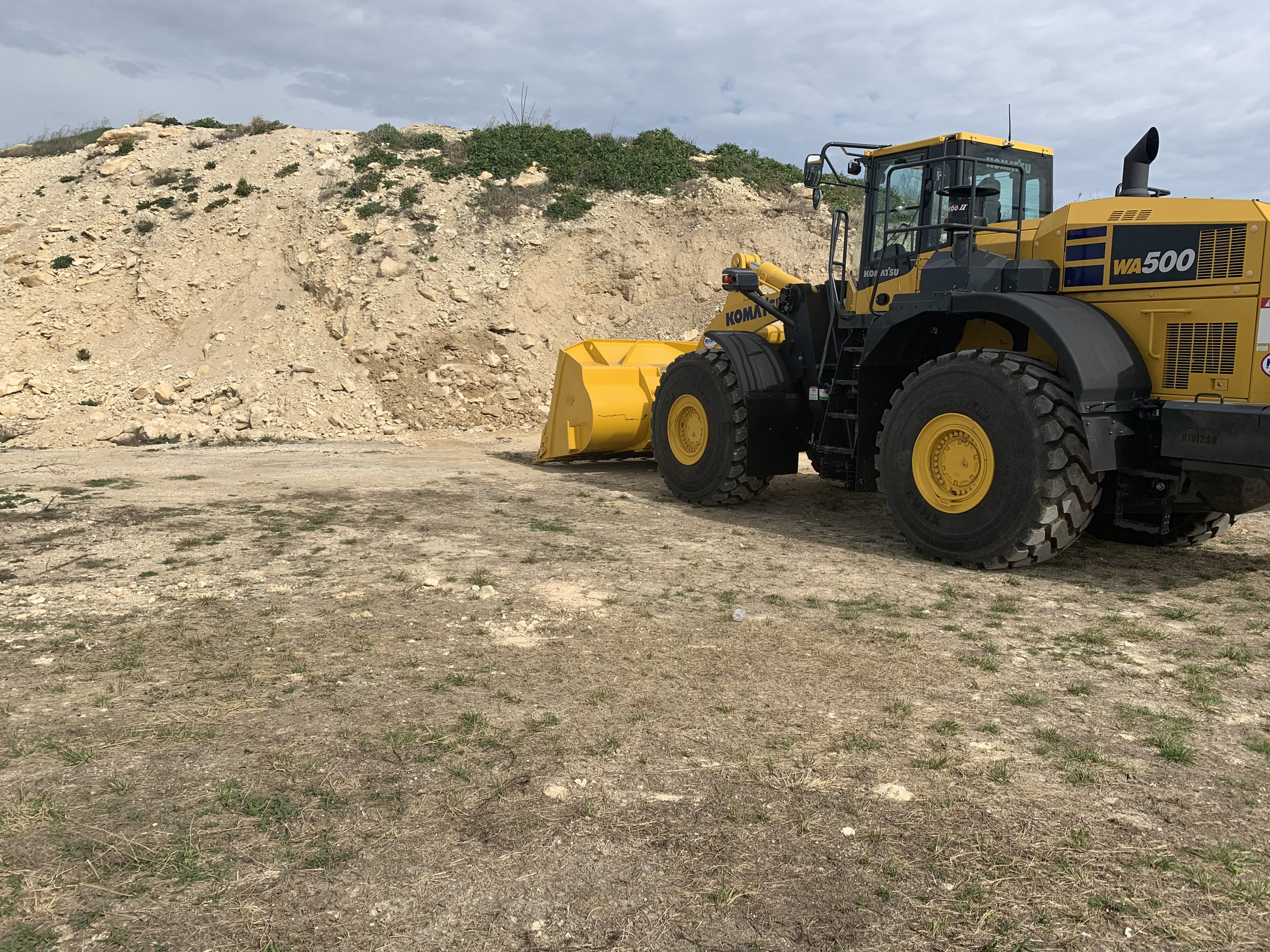
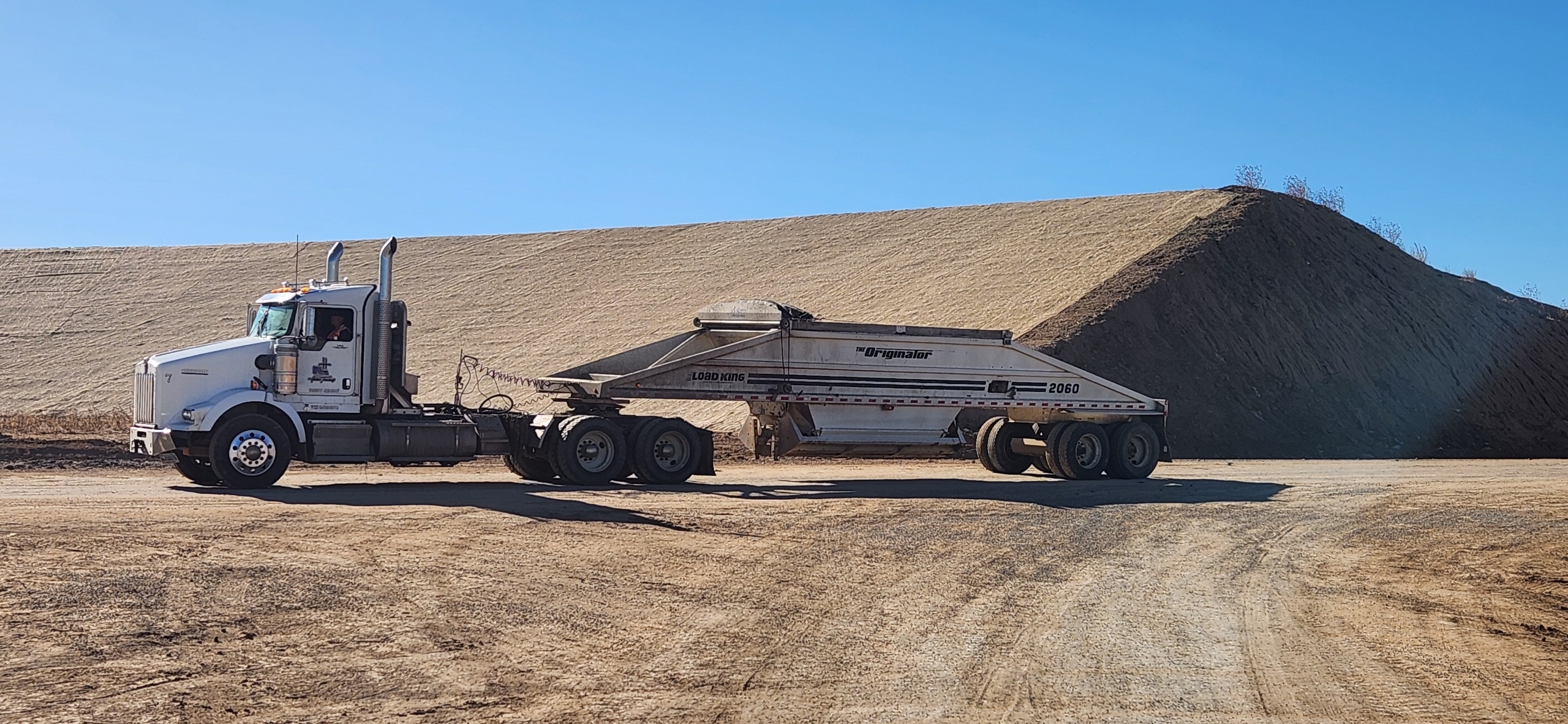
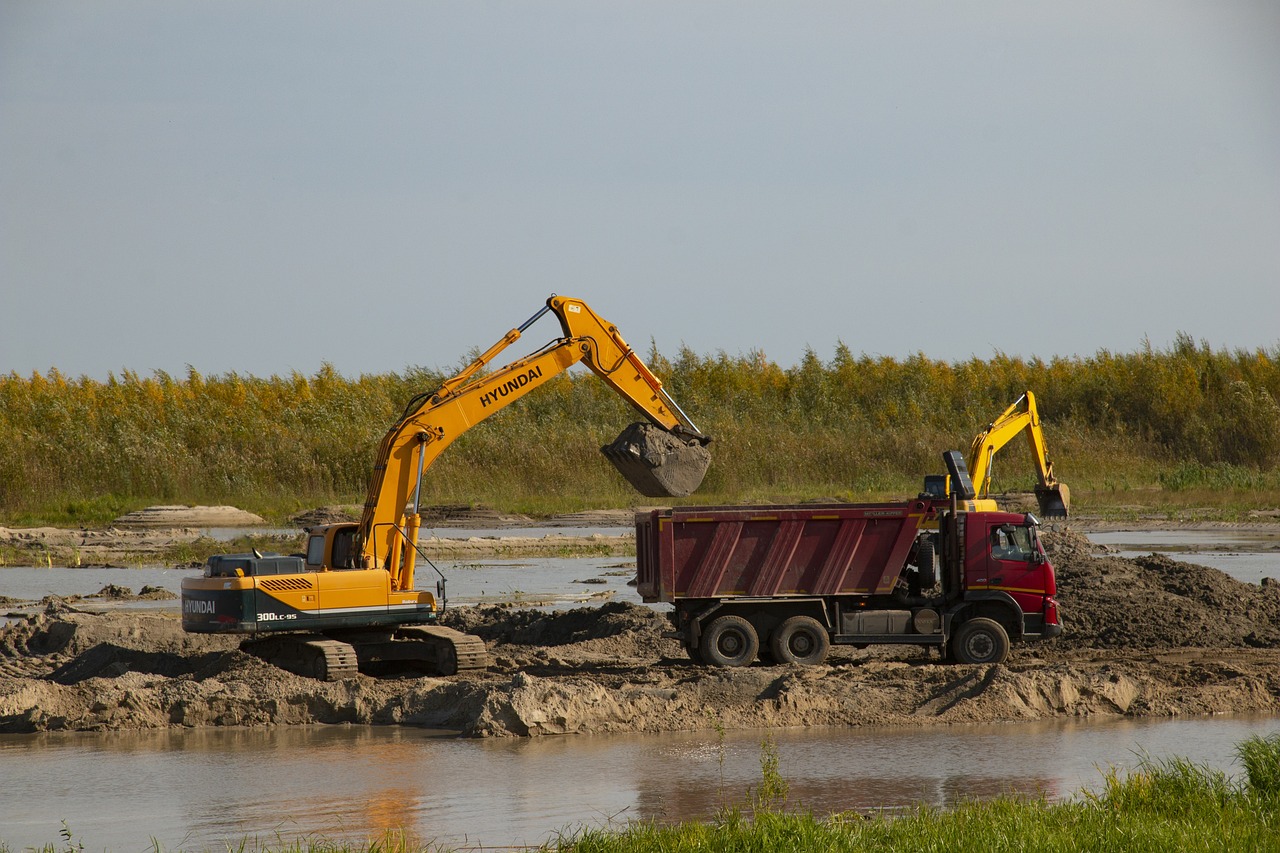

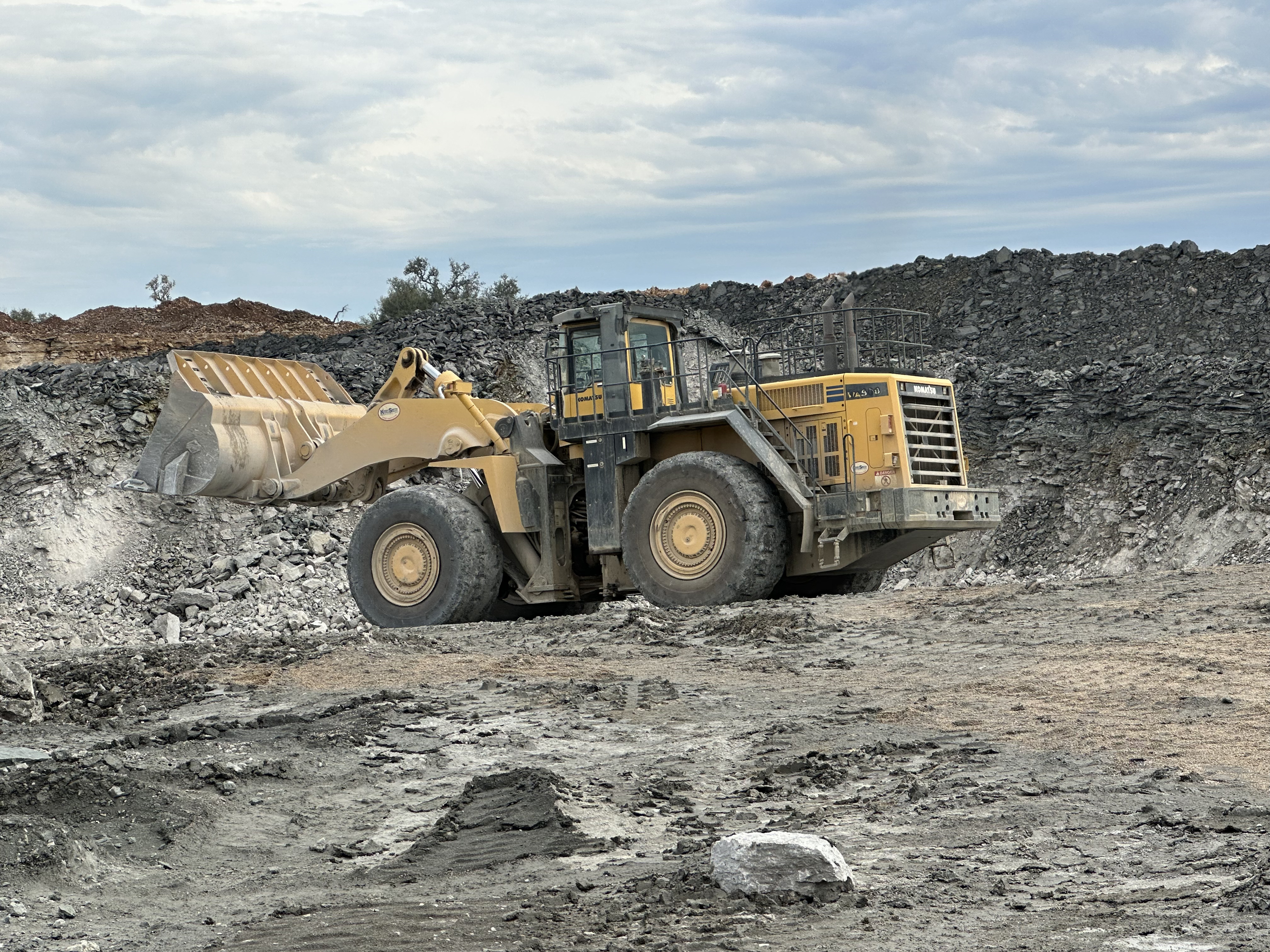
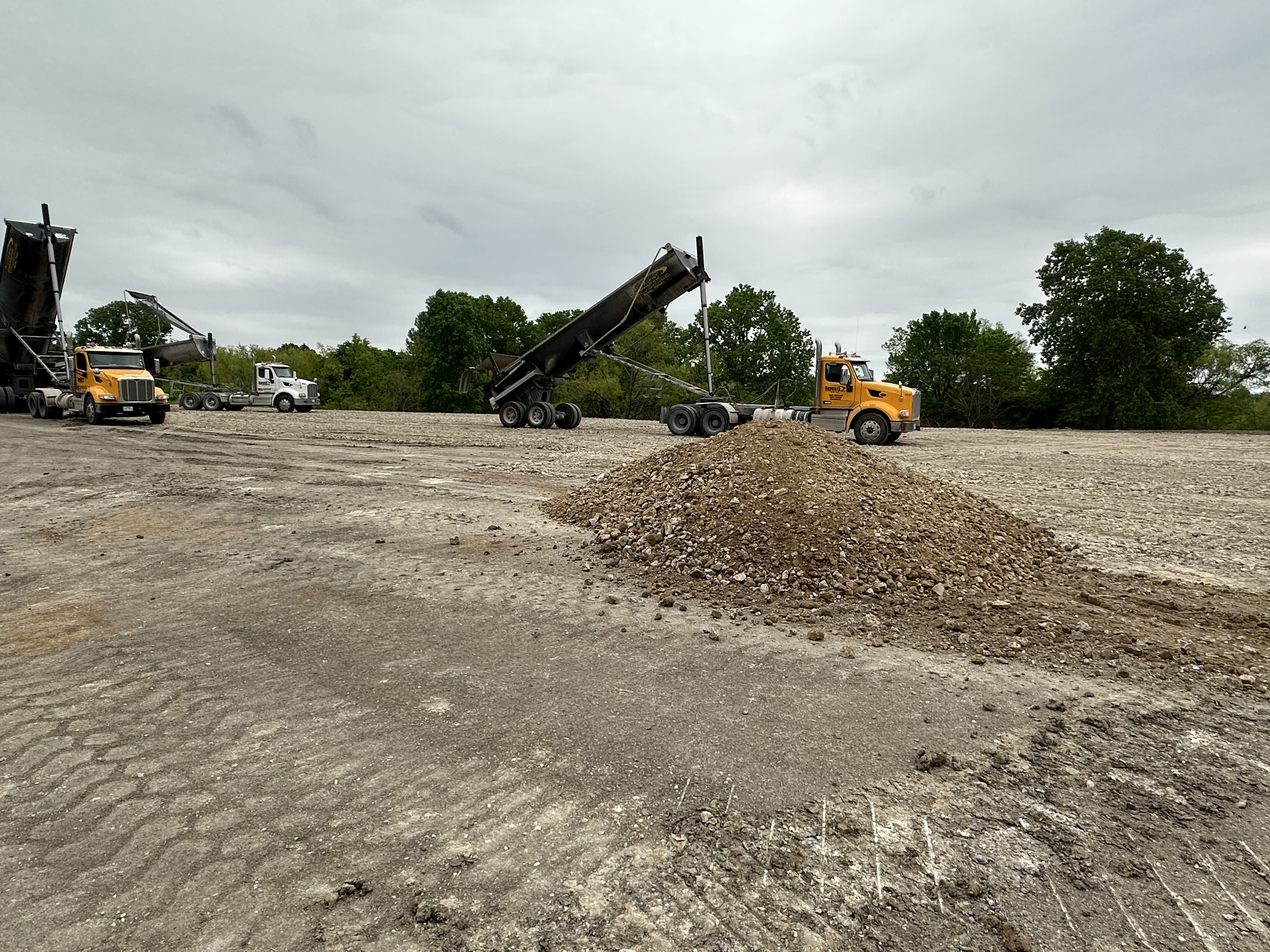

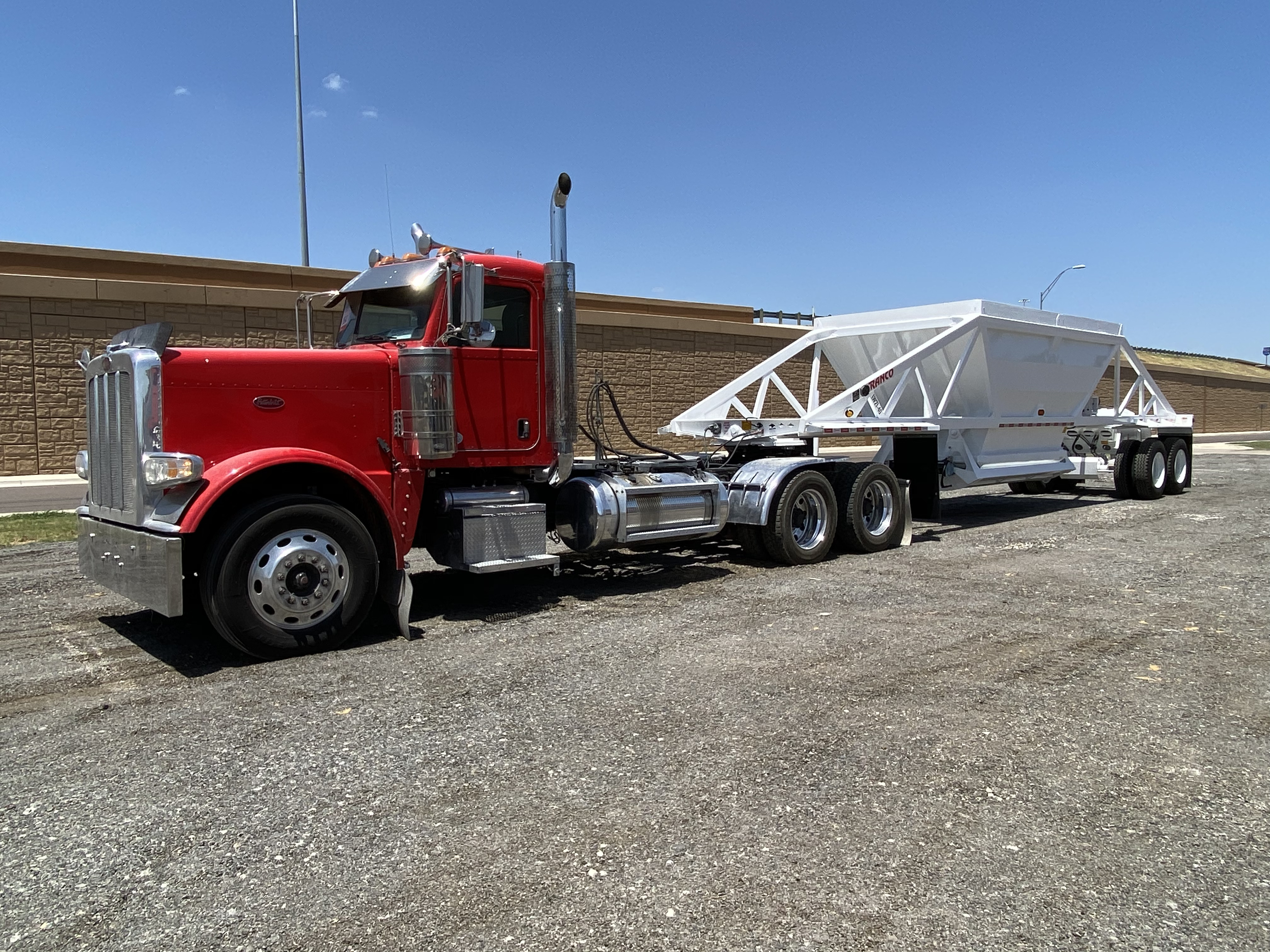
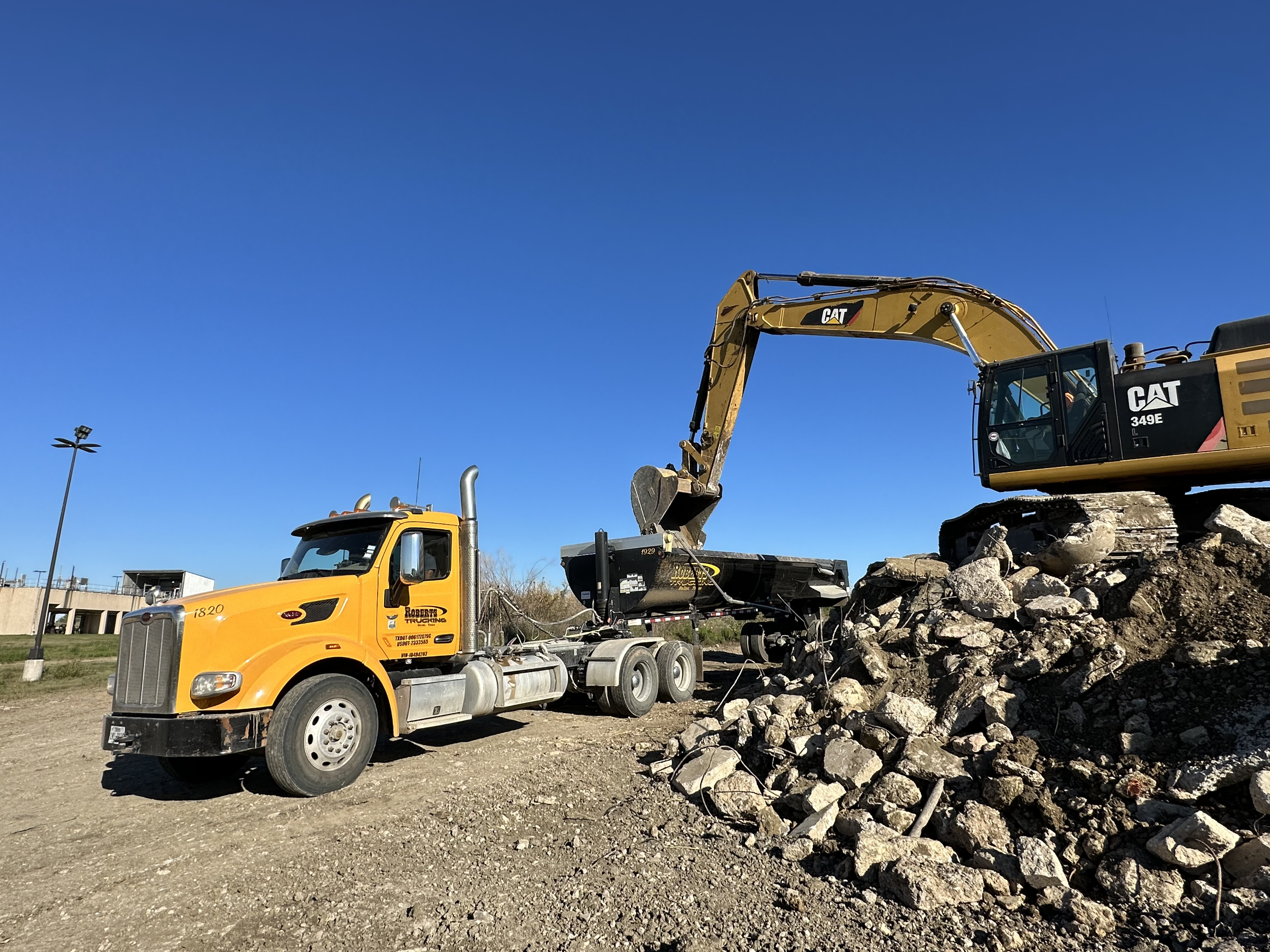
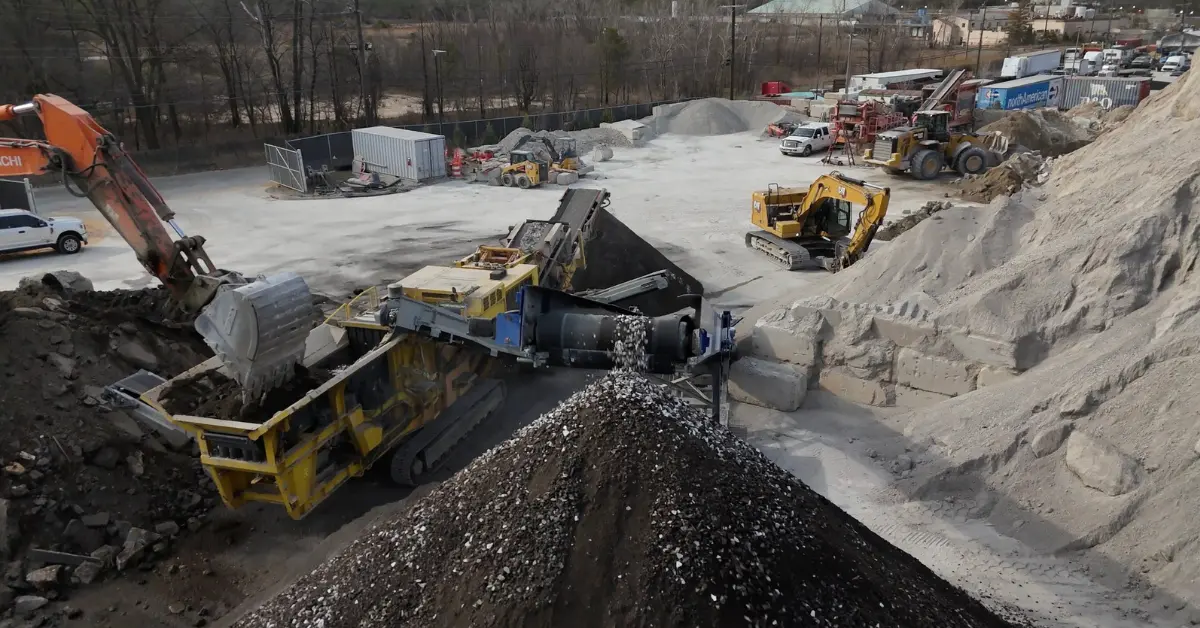
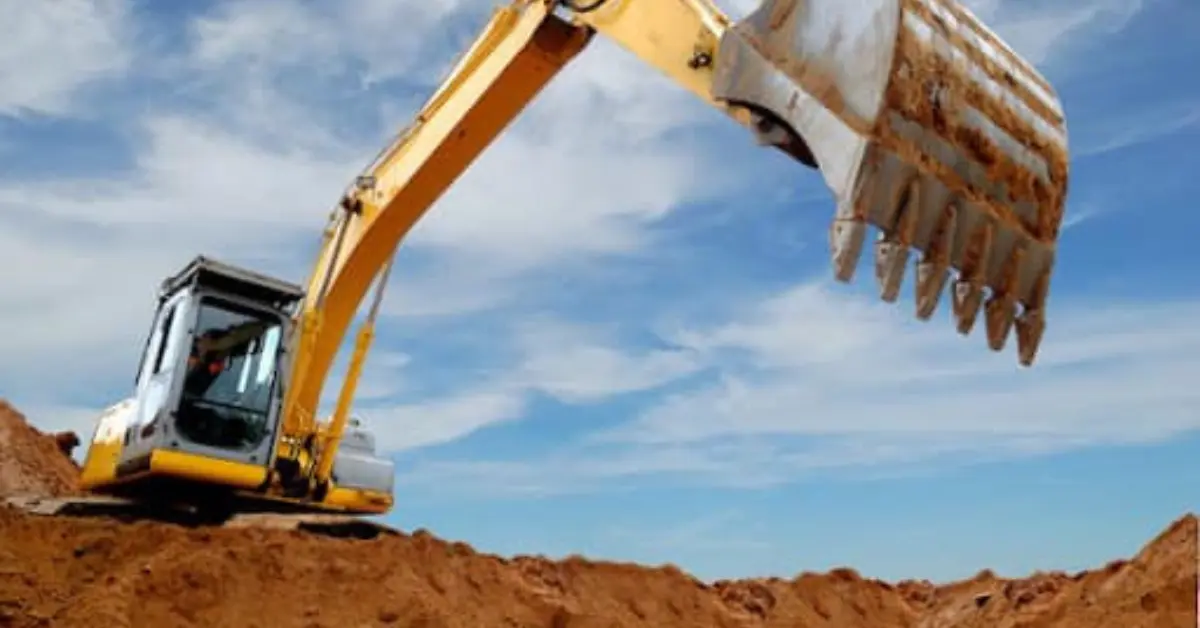
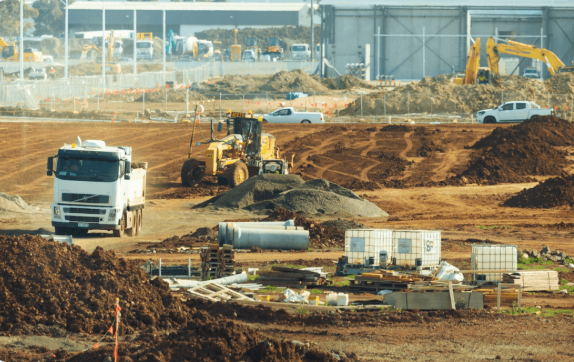
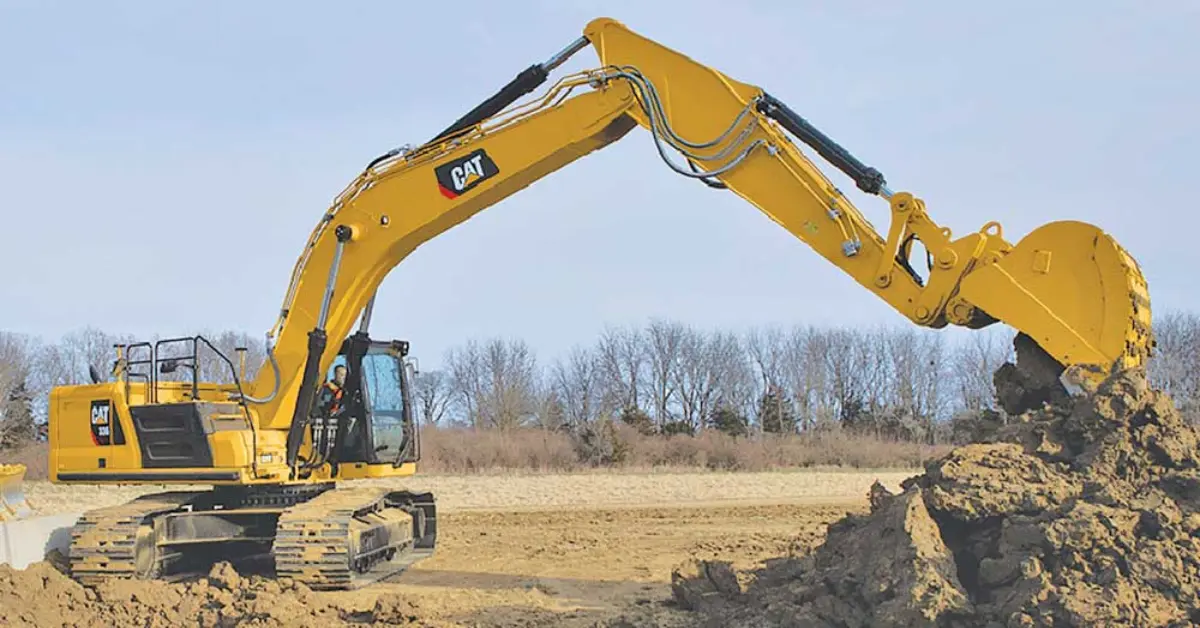
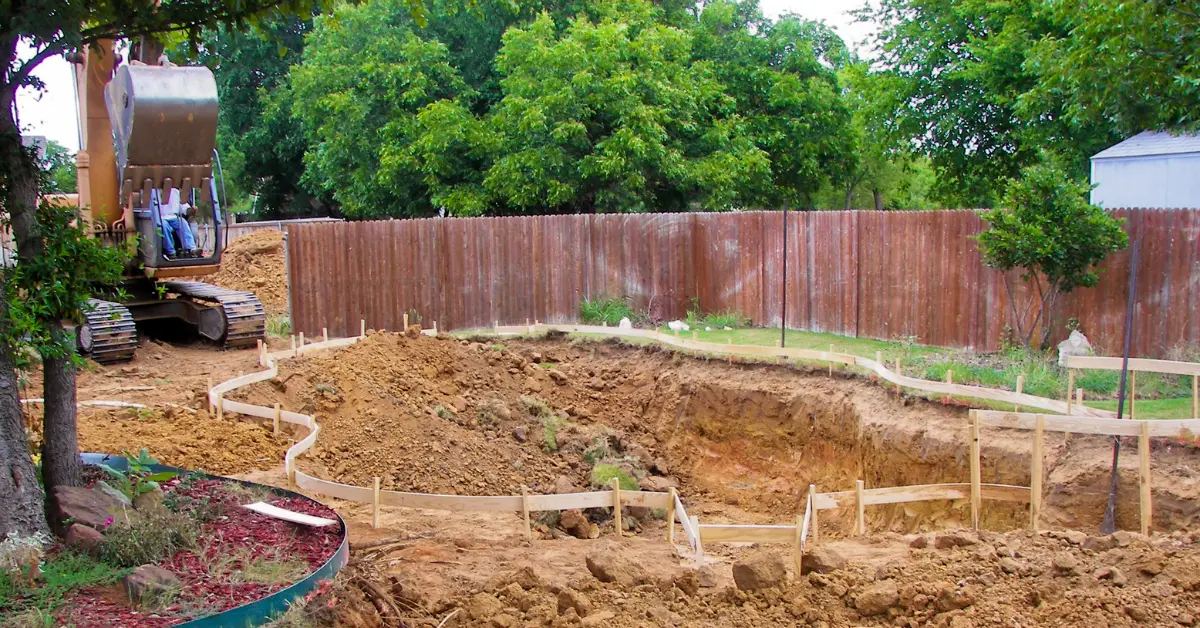
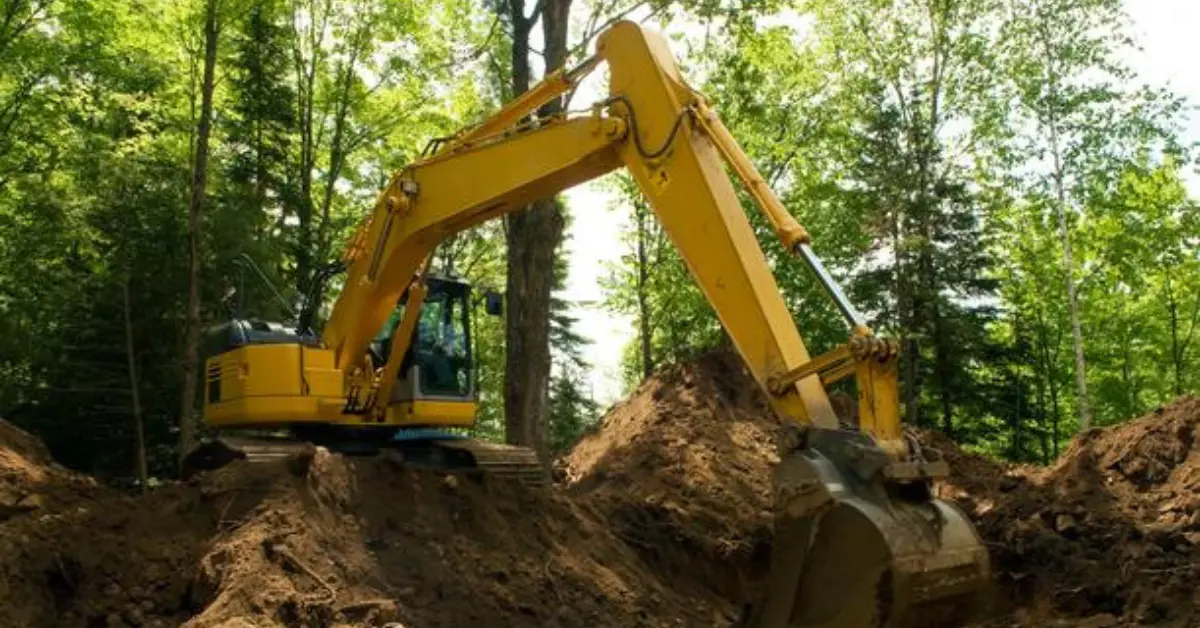
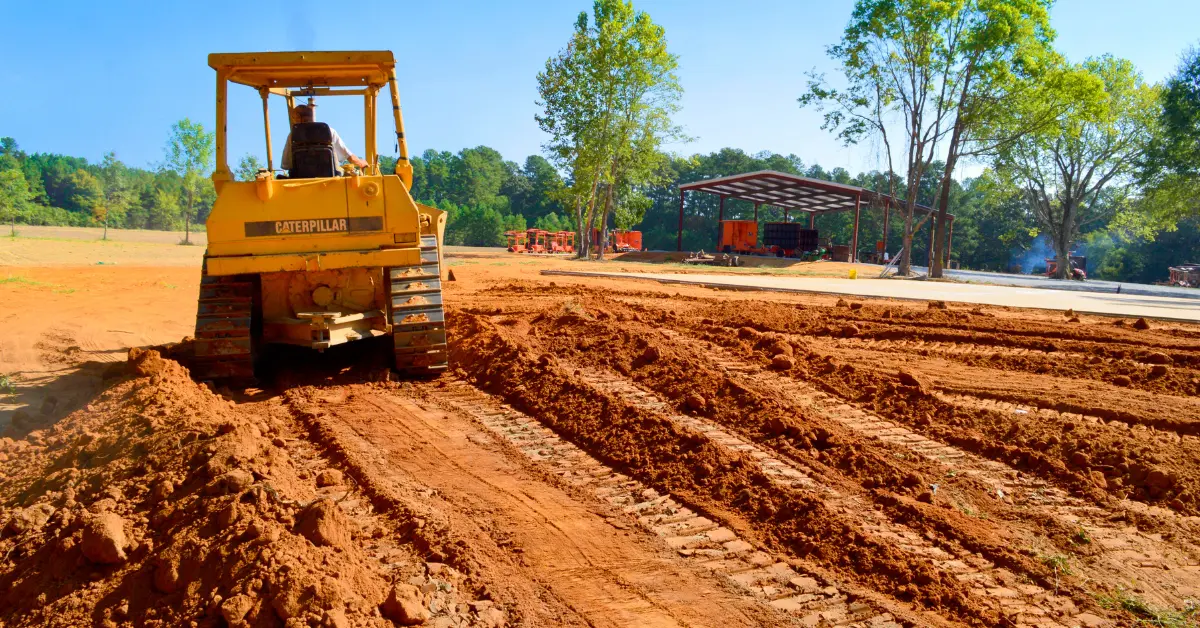
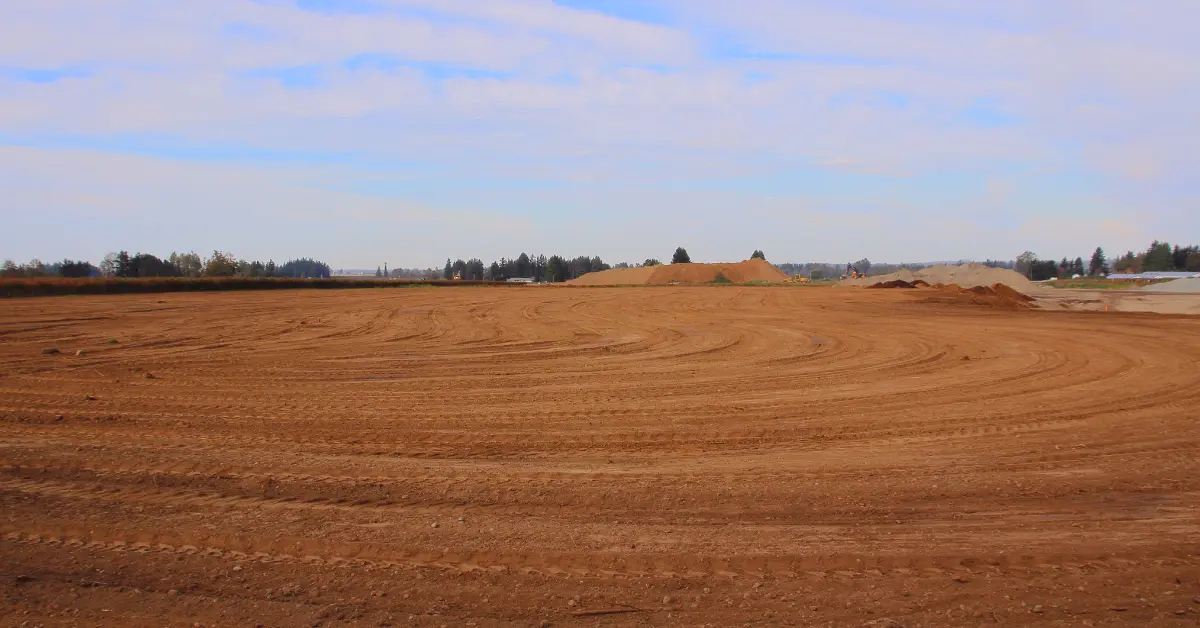










.jpg)

